RISHABH DATTA

Rishabh Datta is a Postdoctoral Associate at the MIT Plasma Science and Fusion Center.
Rishabh works on the computational modeling of disruptions and runaway electrons in fusion plasmas.
He completed his Ph.D. at MIT in 2024, investigating the effects of radiative heat transfer in shocks and magnetic reconnection.
Click here for Rishabh's CV.



RISHABH DATTA
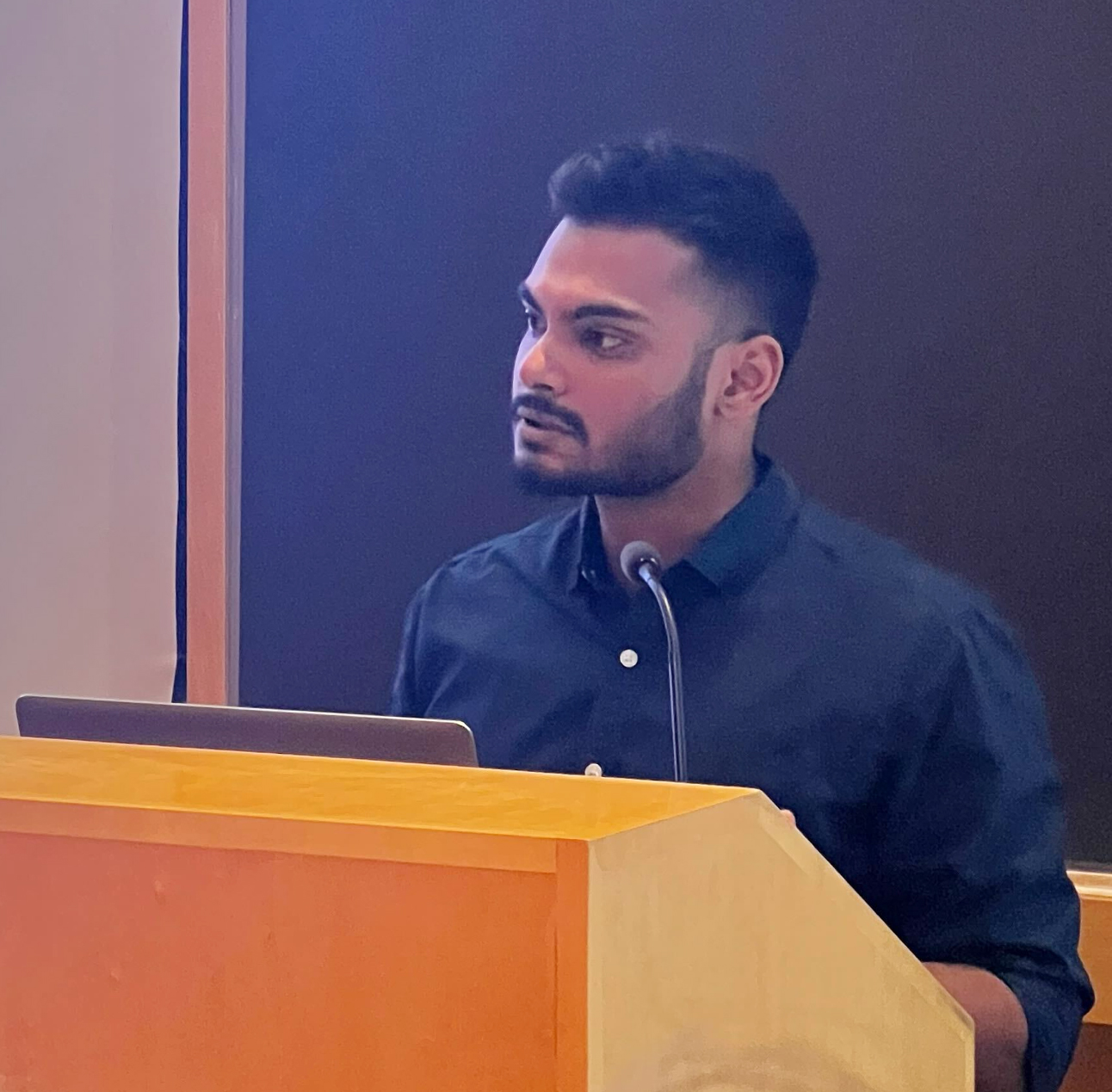
Rishabh Datta is a Postdoctoral Associate at the MIT Plasma Science and Fusion Center.
Rishabh works on the computational modeling of disruptions and runaway electrons in fusion plasmas.
He completed his Ph.D. at MIT in 2024, investigating the effects of radiative heat transfer in shocks and magnetic reconnection.
Click here for Rishabh's CV.



Fusion Plasmas and Disruption Mitigation
Magnetohydrodynamic Modeling of Disruptions and Runaway Electrons
Runaways are energetic electron populations accelerated to relativistic energies during disruption events.
Runaways can carry a significant amount of current and cause catastrophic damage to plasma-facing components.
This project focuses on multi-sclae coupling of runaways to MHD activity during disruption events on next-generation tokamaks.
Runaway Electron Mitigation
The REMC is a passively driven magnetic coil that prevents runaway beam formation through generation of perturbed magnetic fields.
Through self-consistent treatment of the runaway and MHD activity using three-dimensional M3D-C1 simulations,
we aim to demonstrate the efficacy of the REMC in mitigating runaway electrons on the SPARC and ARC tokamaks..
Laboratory Astrophysics and Magnetized Plasmas
Radiative Cooling in Magnetic Reconnection
Reconnection occurs in a radiatively cooled regime in many astrophysical plasmas, such as in the solar coronal, black hole accretion disks and their coronae, pulsar magnetospheres, and gamma-ray bursts.
Our experiments on the Z Machine were the first to access a regime that shows plasmoid formation and strong radiative cooling.
X-ray and visible spectroscopy, X-ray imaging, X-ray diodes and inductive probes were used to characterize the experiments, which were supplemented with
three-dimensional radiative resistive magnetohydrodynamic simulations.
Editor's Suggestion. Phys. Rev. Lett. (2024) [Paper]
Editor's Pick. Phys. Plasmas. (2024) [Paper]
Nature Astron. News Article. (2024) [Article]
AIP Scilight. (2024) [Article]
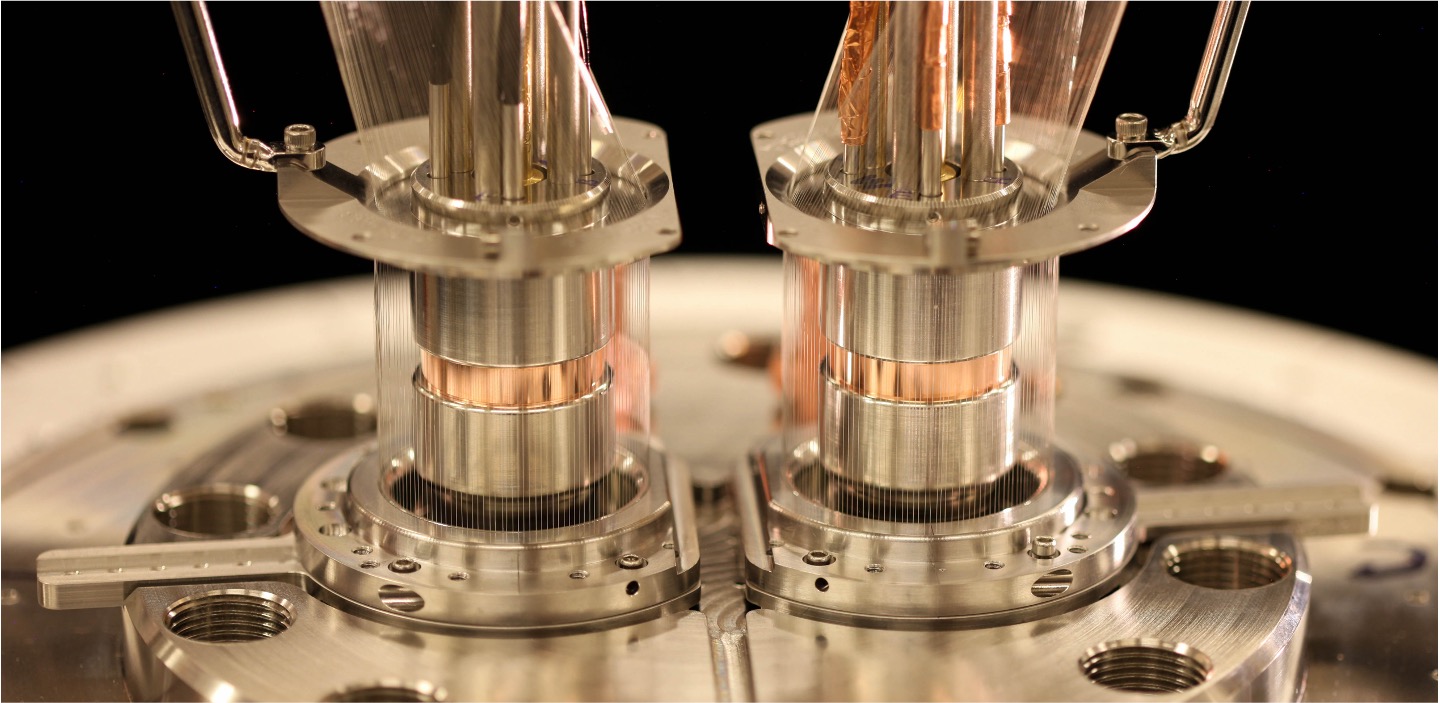
Magnetized Shocks in High Energy Density Plasmas
Magnetized shocks occur in both inertial confinement fusion plasmas, and in astrophysical systems, where they drive compression and heating.
My experiments characterize the structure of bow shocks and oblique shocks in high Mach number plasma flows.
J. Plasma. Phys. (2022) [Paper]
Rev. Sci. Instrum. (2022) [Paper]
MIT News. (2023) [Article]

Resistive Magnetohydrodynamic Simulations
MHD simulations using GORGON help us model a variety of physics,
including MHD instabilties, radiative cooling and guide field effect in reconnection experiments, planar wire arrays, and bow shocks.
J. Plasma Phys. (2024) [Paper]
Phys. Plasmas. (2023) [Paper]
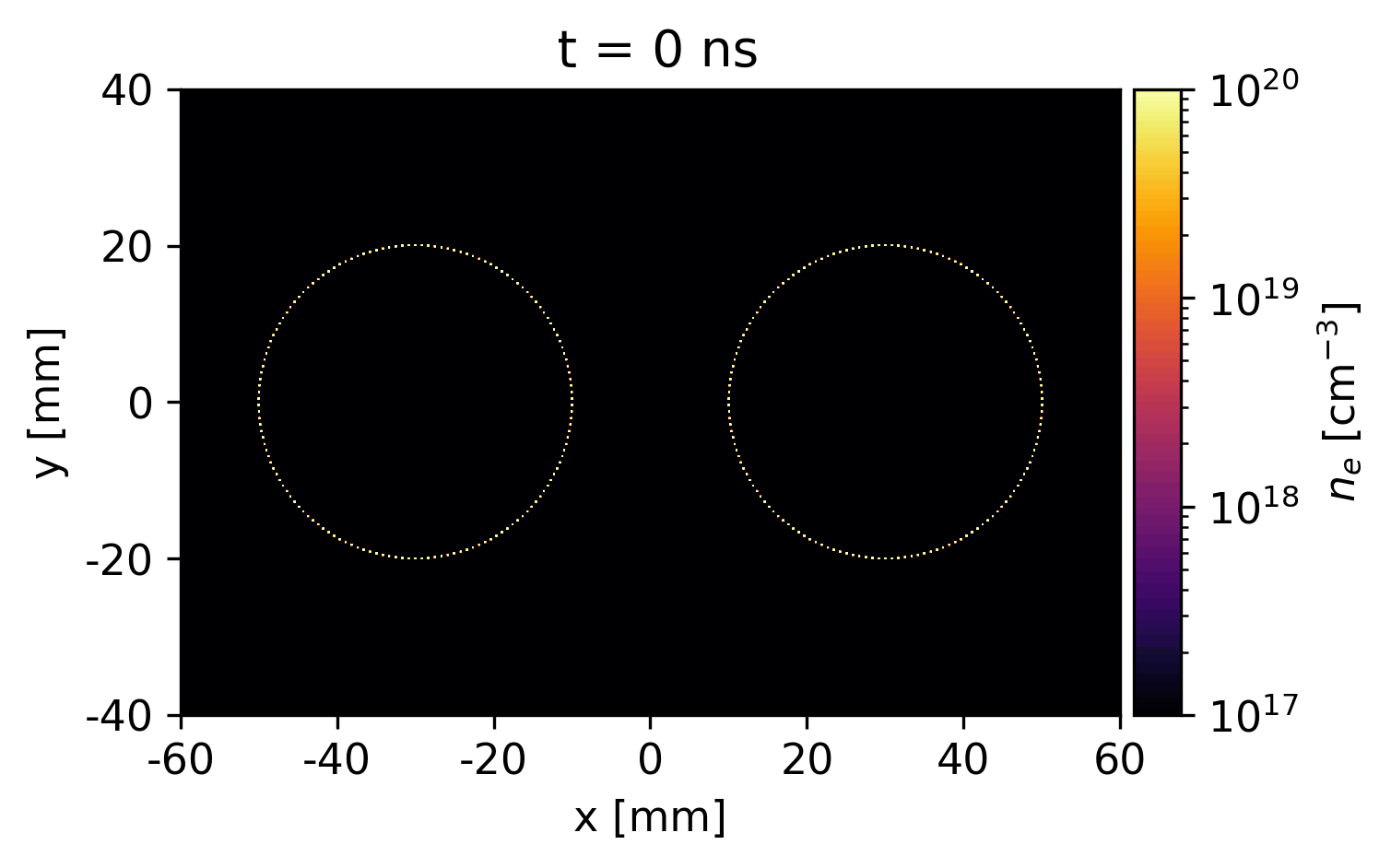
Radiation Transport Modeling
Radiation transport modeling is necessary for interpreting visible or X-ray spectrosocpy data.
Our radiation transport solver, which uses emissivity and opacity data computed using PrismSPECT or SCRAM, can be used to generate synthetic spectroscopic data for characterization of experiments.
Plasma Diagnostics, Optimization, and Machine Learning
Machine Learning Boosted Plasma Diagnostics
Spectroscopy analysis can be time consuming and computationally expensive for large datasets.
Using machine learning, we can significanly reduce the time required to analyze spectroscopy data without a loss in prediction accuracy.
Trans. Plasma Sci. (2024) [Paper]
Tomographic Reconstruction in Pulsed-Power Plasmas
Commonly used plasma diagnostics, such as interferometry or self-emission imaging, provide line-integrated views of the plasma along limited lines of sight.
Using tomography, we can reconstruct the 3-D structure of reconnection layers, z-pinches, MHD instabilities, and shocks.
Github. [Link]
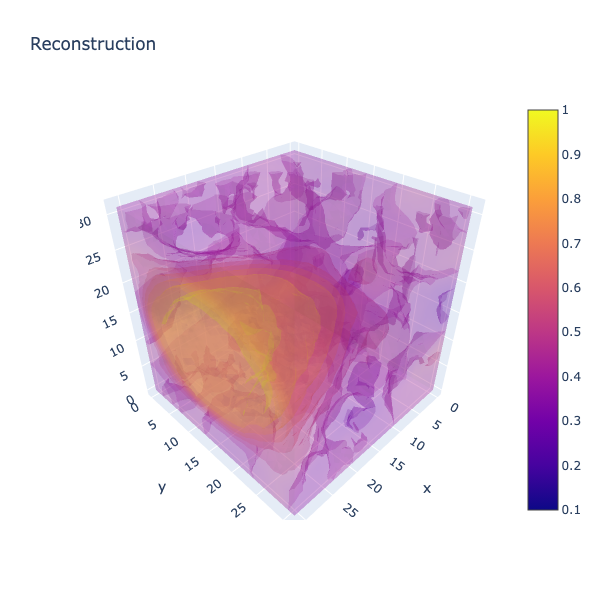
Shock-based Diagnostic of Velocity and Temperature in Supersonic Plasmas
We show that through simultaneous bow shock imaging and inductive probe measurements, velocity and temperature of the
plasma can be measured using a cheap easy-to-implement diagnostic.
Rev. Sci. Instrum. [Paper]
Photonics and Optical Modeling
Optical Modeling of Tunable Optical Plasma Metamaterials
The properties of electromagnetic waves in magnetized plasmas can be used to design tunable metamaterials,
such as plasma lenses, polarizers, and waveguides. We explore this using ray-tracing and Fourier optics.
Github. [Link]
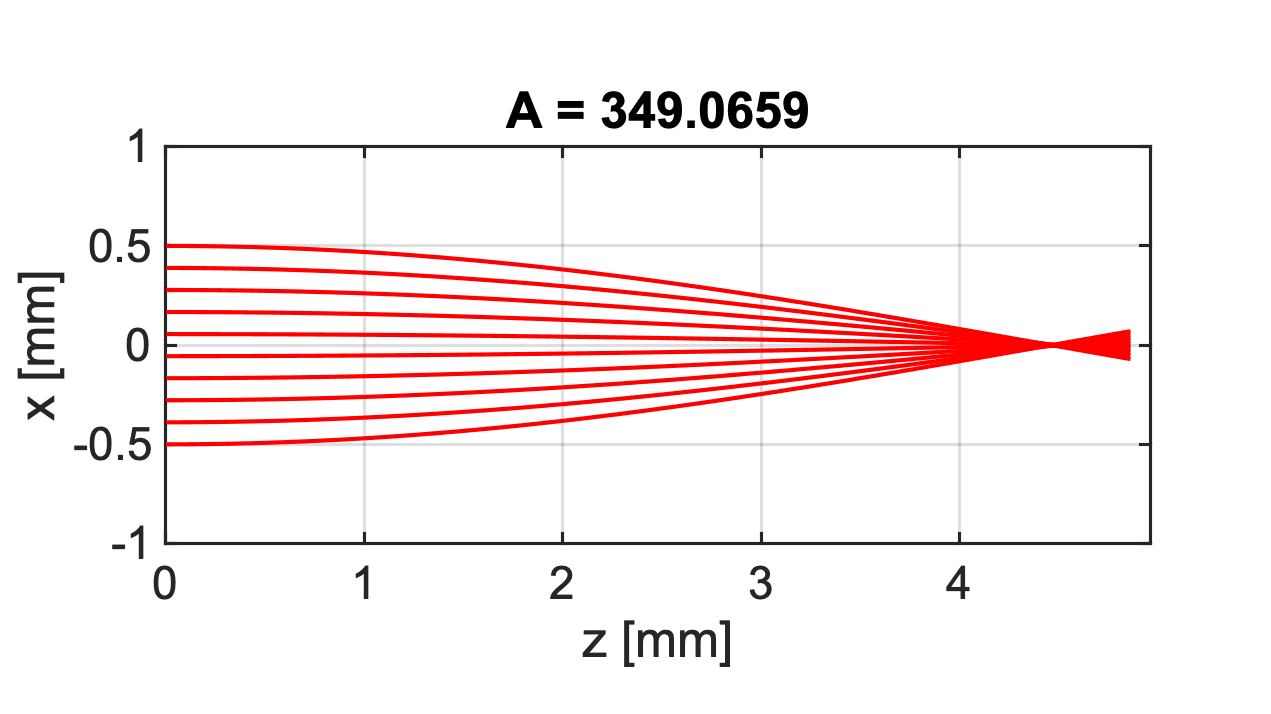
Surface Plasmon Polaritons (SPPs) on Anisotropic Interfaces
Surface plasmon polaritons, which emerge from the oscillation of surface plasma in metals, propagate at interfaces between media,
typically between a metal and a dielectric medium. SPPs excited on metal-anisotropic dielectric surfaces can have potential applications in the areas of anisotropic and angle
dependent sensing, tunable surface plasmon resonance, and directional SPP or signalexcitation and propagation. This project explores anisotropic SPPs using theoretical and FDTD simulations in Lumerical.
Photonic band gaps in periodic double-negative multilayer structures
Negative index materials can be used to create tunable photonic band gaps that are robust to randomness and defects.









